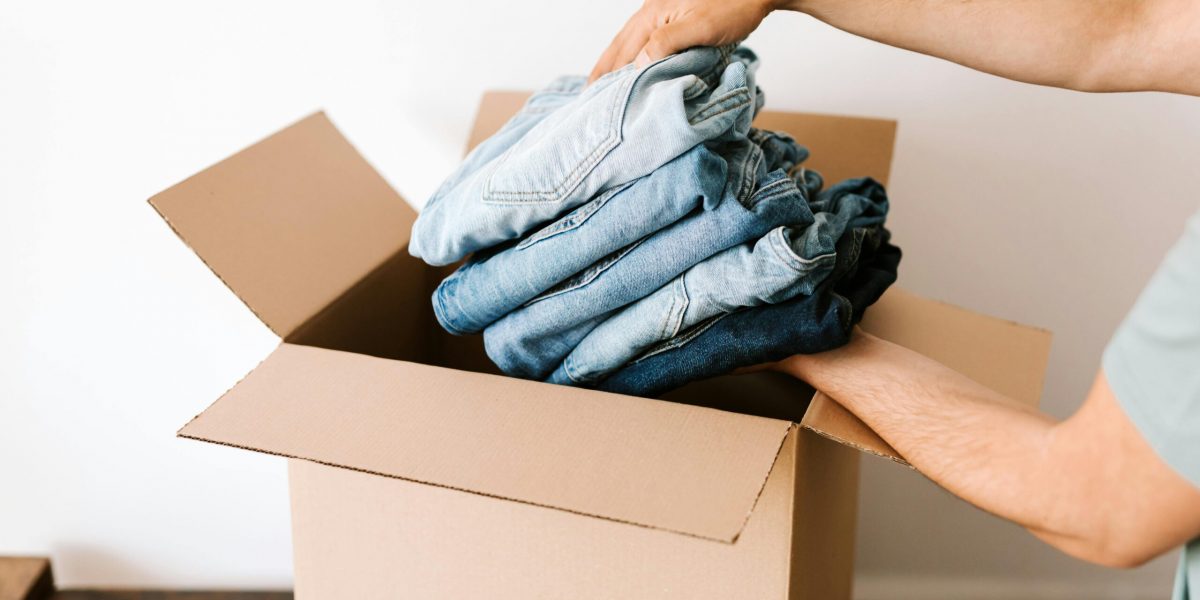When preparing for a move, packing your clothes efficiently can make the process smoother and more organized. Begin by carefully selecting which items to keep and categorizing them by type. But what about those delicate or bulky pieces that need extra care? Whether you’re managing a large move or a smaller relocation, a moving team in New Paltzcan help you stay on track. Stay tuned to discover helpful tips on how to safeguard your wardrobe and make unpacking a breeze in your new home.
Sorting and Decluttering
Before you start packing your clothes for moving, it’s a good idea to sort through them and declutter. This will make the process easier and more efficient. Begin by categorizing your clothes into groups such as tops, bottoms, dresses, and outerwear. Then, assess each item to determine if it’s something you still wear, fits well, and is in good condition. Be decisive and set aside any clothes that you no longer need or want. Consider donating, selling, or giving away these items. Decluttering before you pack will save you time and effort during the moving process, and you’ll also enjoy a more organized wardrobe in your new home, making it easier to unpack and settle in quickly.
Choosing the Right Packing Supplies
To pack your clothes efficiently, make sure you have the appropriate packing supplies on hand. Start by gathering sturdy moving boxes in various sizes to accommodate different types of clothing. Wardrobe boxes are ideal for hanging clothes and preventing wrinkles. You’ll also need packing paper to wrap delicate items like shoes or accessories. Bubble wrap is great for protecting fragile items such as jewelry or breakable ornaments. Plastic bags can be handy for storing shoes or dirty laundry. And don’t forget to stock up on packing tape to secure the boxes and prevent them from opening during transit. With the right packing supplies, your clothes will stay organized and protected throughout the moving process.
Packing Clothes by Category
Sort your clothes into categories based on type, season, or frequency of use to streamline the packing process and ensure easy unpacking at your new location. Begin by organizing your clothes into groups like tops, bottoms, dresses, outerwear, and accessories. Within these groups, further categorize them by season, such as summer, winter, or all-season items. Consider creating a distinct category for special occasion wear or items you seldom use. This systematic approach will not only help you stay organized but also make it easier to locate specific items when unpacking. Be sure to label each box clearly with its contents and designated room to facilitate a smooth transition into your new space.
Utilizing Space-Saving Techniques
To make the most of limited space while packing clothes for moving, consider using space-saving techniques that will optimize storage and make the relocation smoother. Here are some effective methods to maximize space:
- Rolling Clothes:Roll your clothes instead of folding them to save space and reduce wrinkles. This technique also allows you to fit more items into each box or suitcase efficiently.
- Vacuum Storage Bags:Invest in vacuum storage bags to compress bulky items like winter coats or bedding. These bags remove excess air, shrinking the items to a fraction of their original size.
- Utilize Empty Spaces:Fill shoes with smaller items like socks or belts to make use of every inch of available space. Also, consider filling gaps in boxes with smaller clothing items to maximize storage capacity.
Labeling and Organizing Boxes
Labeling and organizing your boxes is an essential part of the moving process. To streamline this, use color-coded labels and create a detailed inventory list. Assign a specific color to each room or category to easily identify where each box should go in your new home. Make an inventory list detailing the contents of each box, which will help with unpacking. Number the boxes and note their corresponding contents on the inventory for quick reference. Mark fragile items clearly to ensure they receive special care during the move. Keep a master list of all box labels and their contents to avoid confusion. By organizing and labeling your boxes meticulously, you’ll save time during both the packing and unpacking phases of your move.
Related Topics:

